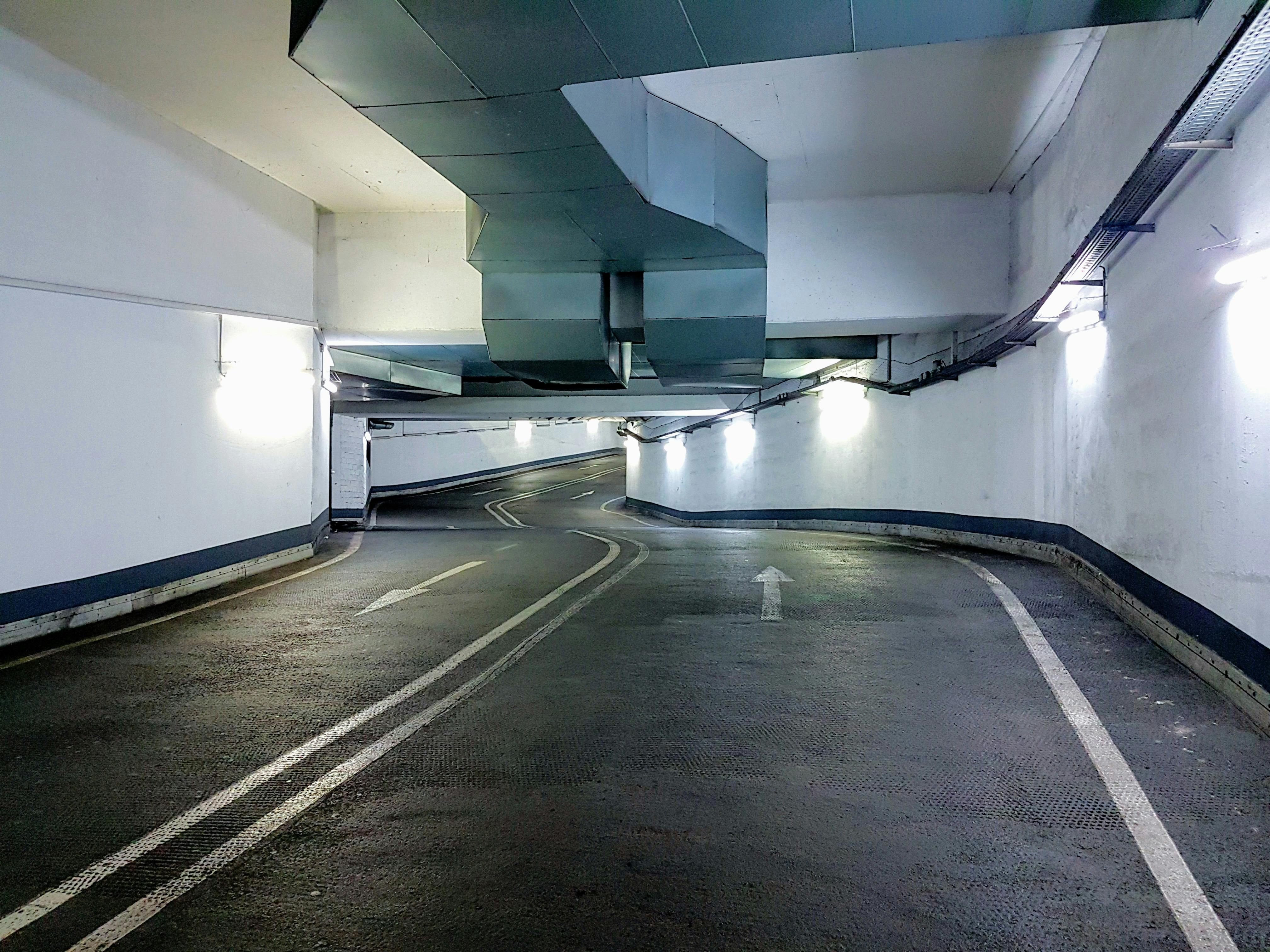Sacre Coeur, Montmartre – Why does this church in Paris look so white?
How many visitors to Paris could fail to notice the Sacre Coeur, a whitewashed skeleton on the Montmartre hill in northern Paris? At the highest point of the city, this whitewashed basilica marks the horizon on the horizon.
But why does this church look so white? Has it been painted with specialized paint? Is there an army of workers perpetually scrubbing it to keep it clean?
The answer is truly scientific. The church is made of travertine stone, quarried in Chateau-Landon, France. The stone releases a chemical called calcite, which means the building remains white even when exposed to the elements.
Perhaps the architect Paul Abadie had a vision about pollution problems in modern cities. Whatever the reason for it, the use of travertine stone has stood the test of time. Travertine stone was used by the Romans two thousand years earlier to build the Colosseum, the world’s largest building made primarily of this material. Subsequently, it has also been used at the Getty Center in Los Angeles.
The first stone of the Sacre Coeur was laid in 1875 and funding for it and the remaining stones came from donations from pilgrims. Stones could be ‘bought’, in the form of a single brick, for example, or, more extravagantly, an entire column.
The materials come together to form an unusual Romano-Byzantine structure with distinctive horseshoe arches. In front, there is a divergence from the use of the characteristic white stone in the use of bronze as a material for the equestrian statues of the French national saints Louis IX and Joan of Arc.
Consecrated in 1919, the Sacre Coeur de Montmartre sends a message of Catholic purity to the city of Paris.
